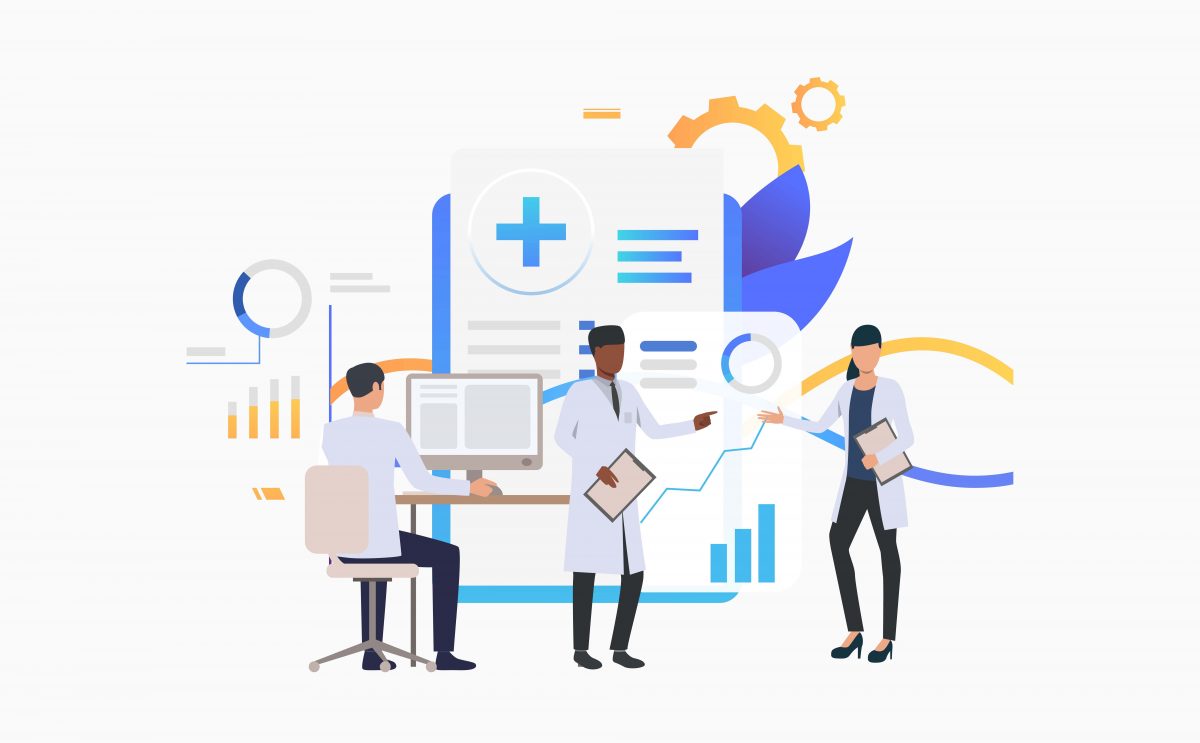The importance of a clean work environment is often underestimated. It’s not just about aesthetics. Clean walls and ceilings in warehouses and industrial settings can play a huge role in ensuring the smooth operation and safety of the facility. And while everyone understands the need for regular floor cleaning, the walls and ceilings often get overlooked.
That’s where the magic of ceiling cleaning services comes into play. Today, we’ll dive deep into the costs associated with cleaning these areas and why it’s a worthwhile investment. Let’s take a look, shall we?
Why Ceilings and Walls Need Regular Cleaning
The height of industrial warehouses can lead to an accumulation of dust, grime, and cobwebs. As these particles settle, they can create health hazards, especially for employees with respiratory issues. Besides health, dirty ceilings can affect the efficiency of machinery and equipment, leading to frequent maintenance or reduced lifespan.
Ceiling cleaning services not only focus on the aesthetic aspect but also safety and operational efficiency. With clean surfaces, lighting becomes more effective, ensuring employees have proper visibility while working.
Moreover, a clean environment creates a positive impression on clients or anyone visiting the facility. It subtly communicates professionalism and dedication to maintaining a top-notch workspace.
Factors Affecting Cleaning Costs
The pricing for ceiling cleaning services varies depending on several factors. The size and height of the facility are primary determinants. Larger spaces with high ceilings would naturally demand more effort, specialized equipment, and hence a higher price.
The type of debris and grime accumulated also impacts the cost. For example, cleaning areas with oil or grease stains might require more intensive treatments than areas with just dust. Moreover, if the facility has specialized infrastructure like sprinklers or sensitive equipment, the cleaning approach would need to be adjusted accordingly.
Lastly, the frequency of cleaning can also influence the cost. Regular maintenance cleanings might be priced differently than one-off intensive cleaning sessions.
DIY vs. Professional Ceiling Cleaning Services
At first glance, you might think cleaning walls and ceilings is something your in-house team can handle. However, it’s crucial to understand the risks and hidden costs involved. Industrial settings have specific challenges, like high ceilings, that make DIY cleaning not only inefficient but also potentially dangerous.
Ceiling cleaning services employ professionals trained in using the right equipment and solutions for the job. They ensure safety protocols are followed, minimizing the risk of accidents.
Furthermore, professionals have a keen eye for detail. While an in-house team might overlook certain spots or stains, experts ensure thorough cleaning, leading to longer periods between sessions and, ultimately, cost savings.
Benefits of Regular Cleaning
Regular cleaning of industrial walls and ceilings has a multitude of benefits. First, it enhances the overall appearance of the facility, creating a more pleasant environment for workers and visitors alike.
Next, by ensuring the removal of accumulated dust and grime, you’re also safeguarding your machinery and equipment. A dust-free environment ensures better performance and reduces the wear and tear of your assets.
Lastly, regular cleaning can lead to significant health benefits. A cleaner environment means fewer allergens and contaminants, leading to fewer sick days and a more productive workforce.
Recognizing the Telltale Signs It’s Time for a Clean
Industrial settings with high ceilings and expansive walls often mean that the first signs of needed maintenance are subtle. But knowing what to look for can save you time, money, and potential health risks down the line. For instance, a slight dip in the ambient lighting quality might be indicative of dirt and grime buildup on light fixtures and the ceiling itself.
In addition to lighting issues, if you start to hear complaints from employees about exacerbated allergies or an increase in respiratory issues, this might be a red flag that dust and allergens have settled more than you realize. Regularly inspect your walls and ceilings for visible signs of dirt, mold, or moisture damage. These not only pose health risks but can also lead to structural damage if left untreated.
Furthermore, consider the calendar. If it’s been over a year or even several months since your last professional cleaning, it’s time to consult with ceiling cleaning services. Regular assessments can help you preempt problems and maintain the highest standard of cleanliness in your facility.
The Rise of Green Cleaning in Industrial Settings
Today’s industrial and warehouse facilities are not just about efficiency; they’re also about sustainability. As businesses become more environmentally conscious, the demand for eco-friendly cleaning solutions has surged. And it’s more than just a trend, it’s a commitment to the future.
Choosing green ceiling cleaning services is a statement that your company cares about its environmental footprint. These cleaning solutions are devoid of harmful chemicals, ensuring that post-cleaning, the air remains pure, free from volatile organic compounds (VOCs) that can be harmful to both the environment and the people within the facility.
But it’s not just about the environment. Green cleaning solutions can also benefit the bottom line. Using sustainable practices can lead to cost savings in the long run.
For instance, green solutions often extend the life of surfaces, reducing the frequency of cleaning and maintenance. Plus, promoting your eco-friendly practices can be a competitive edge, making your business more appealing to clients and partners who prioritize sustainability.
Conclusion
The cleanliness of industrial walls and ceilings might not be the first thing on a facility manager’s mind, but as we’ve explored, it plays a pivotal role in the smooth running and safety of the workspace.
While the costs associated with professional ceiling cleaning services from Quantify North America might seem high initially, the long-term benefits in terms of equipment longevity, employee health, and overall efficiency make it a worthwhile investment.
Don’t wait for visible signs of grime or issues to arise. Be proactive, understand the needs of your facility, and invest in regular cleaning to ensure a healthy, efficient, and productive work environment.
Read More : https://quantifyna.com/sb/decoding-commercial-flooring-which-is-right-for-your-business/







